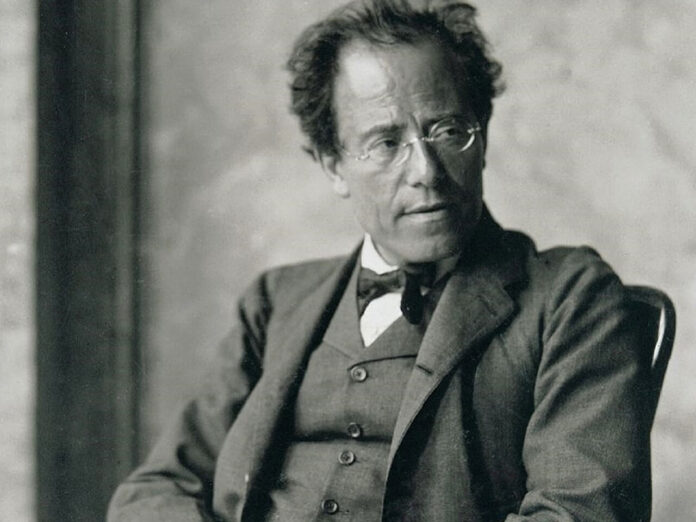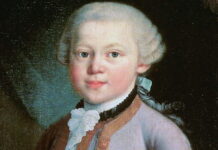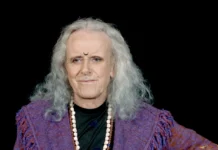Gustav Mahler was an Austrian composer and conductor who lived from 1860 to 1911. He was one of the most influential figures of late Romantic music and his works continue to be performed and celebrated today. Mahler’s compositions include ten symphonies, numerous orchestral works, choral pieces, and songs.
Mahler’s First Symphony, which was completed in 1888, established him as a significant composer and marked the beginning of his career as a conductor. His Second Symphony, known as the “Resurrection Symphony”, features choral elements and is one of his best-known works. The Third Symphony, completed in 1896, is notable for its inclusion of a solo horn, and the Fourth Symphony features a soprano soloist.
Mahler’s Fifth Symphony, completed in 1902, is considered one of his most popular works, featuring a triumphant final movement. The Sixth Symphony, completed in 1904, is also known as the “Tragic Symphony” and includes a powerful final movement with a pounding drumbeat. The Seventh Symphony, completed in 1905, is noted for its use of unusual instrumentation and its incorporation of folk elements.
Mahler’s Eighth Symphony, completed in 1906, is also known as the “Symphony of a Thousand” and features a massive ensemble of performers, including soloists, choir, and orchestra. The Ninth Symphony, completed in 1909, is considered one of Mahler’s most personal works, with a final movement that reflects on the transience of life. The Tenth Symphony, which was left unfinished at the time of Mahler’s death, was completed by musicologists and is considered one of his most enigmatic works.
In addition to his symphonies, Mahler also composed several song cycles, including “Des Knaben Wunderhorn” and “Kindertotenlieder”. He was also known for his innovative orchestration and his ability to incorporate elements of folk music into his works.
Mahler’s impact on the world of music cannot be overstated. His innovative compositions and his ability to combine classical forms with popular elements helped to bridge the gap between traditional and modern music. Today, his works continue to be performed and celebrated, and he remains one of the most important figures of late Romantic music.
Views: 58






